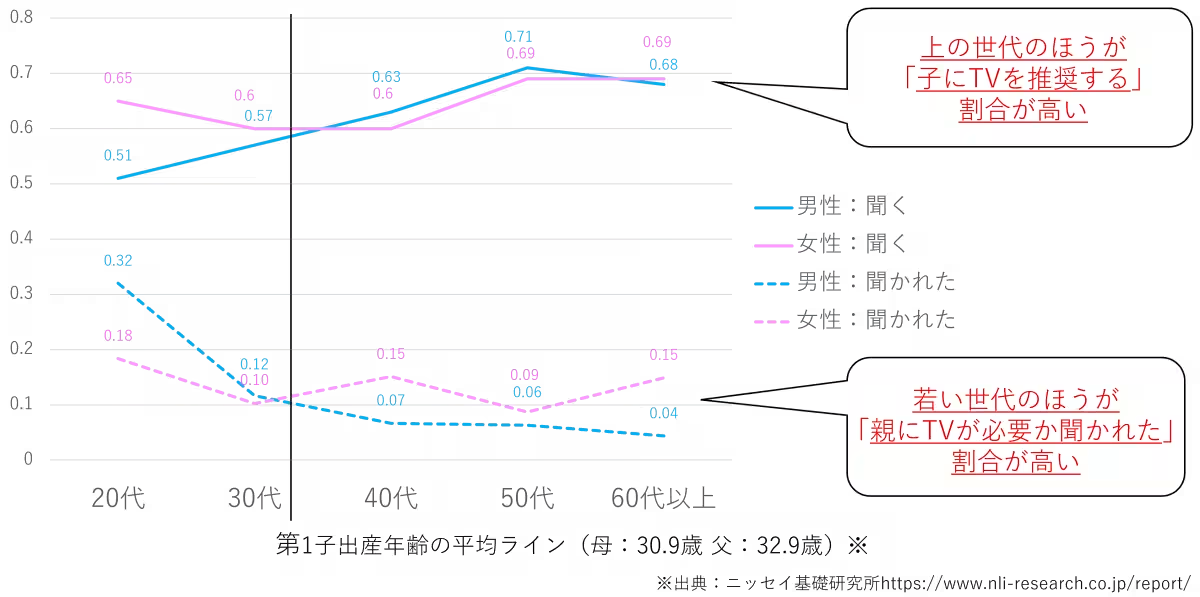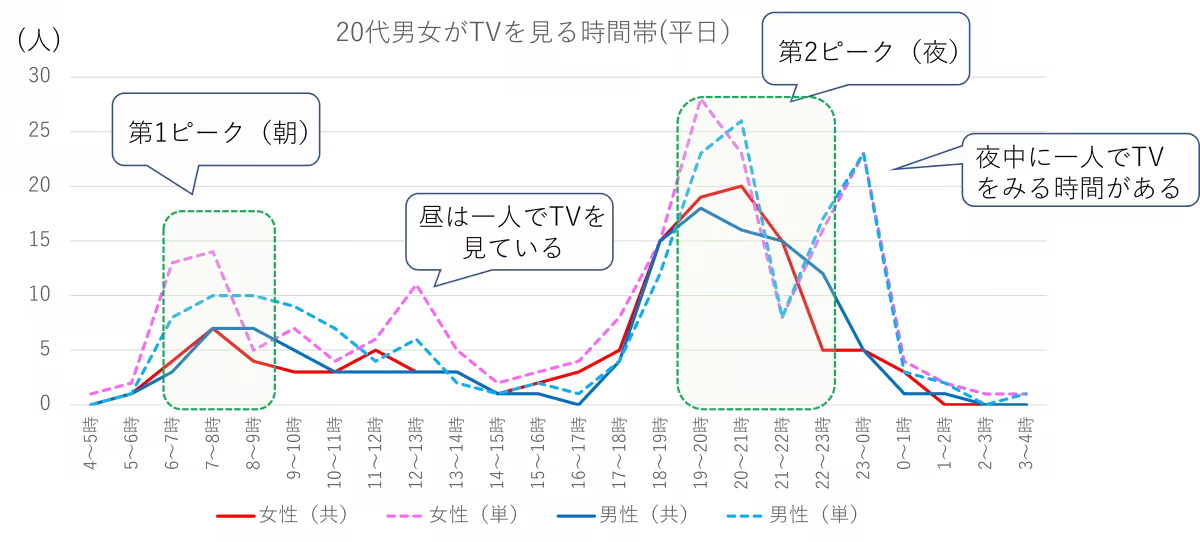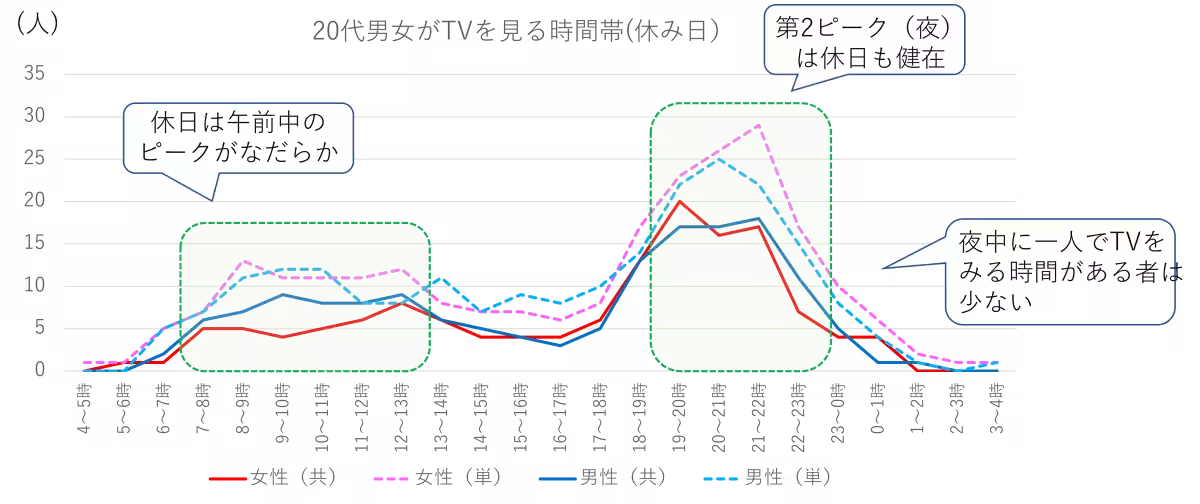

The Rise of Subscriptions: Young People Turn Away from TV in Favor of Streaming
The Rise of Streaming Services and Decline of Traditional TV Among Youth
In a recent collaborative study conducted by Asmark Co., Ltd. and Bunkyo University, it has become increasingly clear that traditional television is losing traction among younger audiences. The research, which surveyed a wide range of participants aged from their twenties to their sixties, highlights a significant cultural shift in how video content is consumed today.
Study Overview
Asmark, a market research company based in Tokyo, released the findings on April 9, 2024, based on a survey conducted between August 21 and 26 that year. The study focuses specifically on the increasing usage of subscription services and the corresponding disengagement of young people from traditional television viewing.
The research indicates that the way people consume video content has evolved dramatically. Gone are the days when families gathered around the TV together. Today’s younger generation prefers personalized viewing experiences, often utilizing smartphones, tablets, and computers to stream shows at their convenience. With the rise of platforms like Netflix and Amazon Prime Video, the availability of content has never been more accessible and flexible.
Shifting Viewing Habits
The concepts of “family viewing” have been replaced by individual consumption patterns. The increased availability of streaming services allows young viewers to watch their favorite shows whenever and wherever they desire. The results of the survey revealed a striking shift: a majority of the participants admitted to watching more content on streaming services than traditional TV channels.
One of the pivotal aspects examined in the study was the time spent watching television among younger viewers. The survey highlighted key peak viewing times, particularly in the morning and evening. Specifically, for those aged 20, there are two significant peaks: one in the early morning (around 6-8 AM) and another in the evening (between 7-10 PM). This pattern closely aligns with traditional meal times, indicating how lifestyle choices are influencing viewing habits.
Additionally, the findings pointed out that weekend viewing habits differ from weekdays. While younger viewers still tuned in during evening hours, the morning peak on weekends displayed a more gradual rise, suggesting a more relaxed viewing experience.
Parental Perspectives
The study also explored parental attitudes towards television purchases for children moving out. Parents from older generations were more likely to recommend buying televisions, while younger parents showed higher rates of questioning whether a TV is necessary for their children who are embarking on independent living.
This difference highlights a generational divide in attitudes towards technology and media consumption. Younger individuals are clearly more in tune with the digital landscape and the benefits of on-demand content, as opposed to traditional media formats.
Future Implications
The implications of these findings highlight a broader trend towards digital consumption that may have longstanding effects on the media industry. As young people continue to favor streaming services, traditional television networks may need to reconsider their strategies to engage viewers. The shift towards individualized content consumption may call for a re-evaluation of advertising methods and content delivery systems.
With 1,000 respondents participating in the survey, the insights gathered provide significant data that could be instrumental for businesses and marketers targeting younger demographics. Companies must adapt and innovate to meet the preferences of an audience that increasingly prioritizes convenience and personalization in their media consumption habits.
This research presents a compelling case for the future of television and digital content consumption, reinforcing the need for continuous adaptation in an ever-changing landscape of media consumption.





Topics Entertainment & Media)










【About Using Articles】
You can freely use the title and article content by linking to the page where the article is posted.
※ Images cannot be used.
【About Links】
Links are free to use.